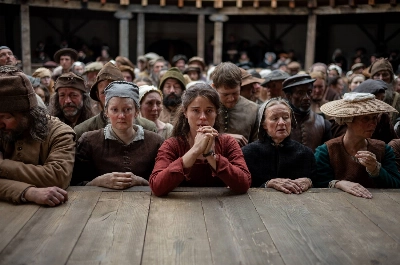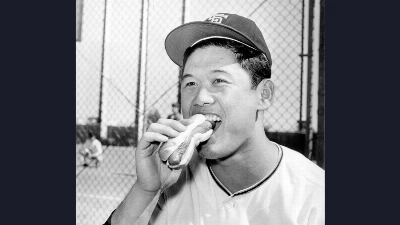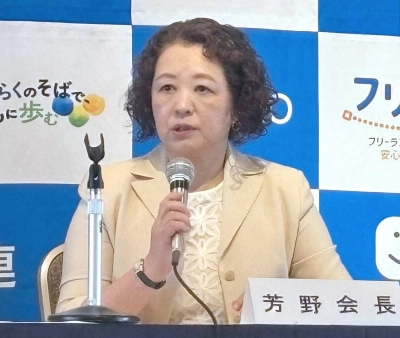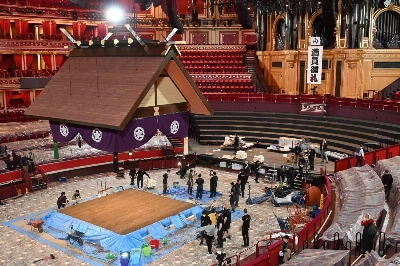At 1:23 a.m. on April 26, 1986, the worst nuclear-power accident in history occurred at Chernobyl, Ukraine, which was then part of the Soviet Union. Twenty years after the accident, the name "Chernobyl" and a view of the 90-meter-high concrete and steel sarcophagus covering Reactor Four at the power plant serve as a potent reminder of the devastation nuclear energy can wreak upon humanity whether in the form of weapons or power generation.
The Chernobyl inferno also had a political effect. It taught the Soviet leadership that it could not run a country in a secretive manner in the nuclear age. As former Soviet leader Mikhail Gorbachev admits, the Chernobyl disaster opened the possibility of much greater freedom of expression to the point that the Soviet system could no longer survive, thus making the Chernobyl accident perhaps one of the primary causes of the Soviet Union's collapse.
The accident occurred while a special test was being carried out at the 1 million-kW reactor. The reactor's output was decreased to a low level to see how long turbines would spin and supply power following a loss of the main electrical power supply. Due to operational errors and a disregard for safety procedures, the chain reaction in the reactor went out of control.


















With your current subscription plan you can comment on stories. However, before writing your first comment, please create a display name in the Profile section of your subscriber account page.